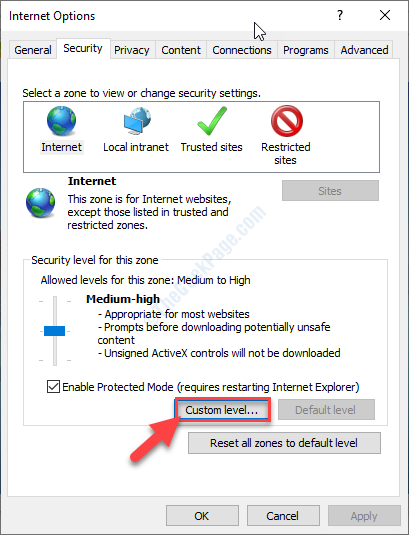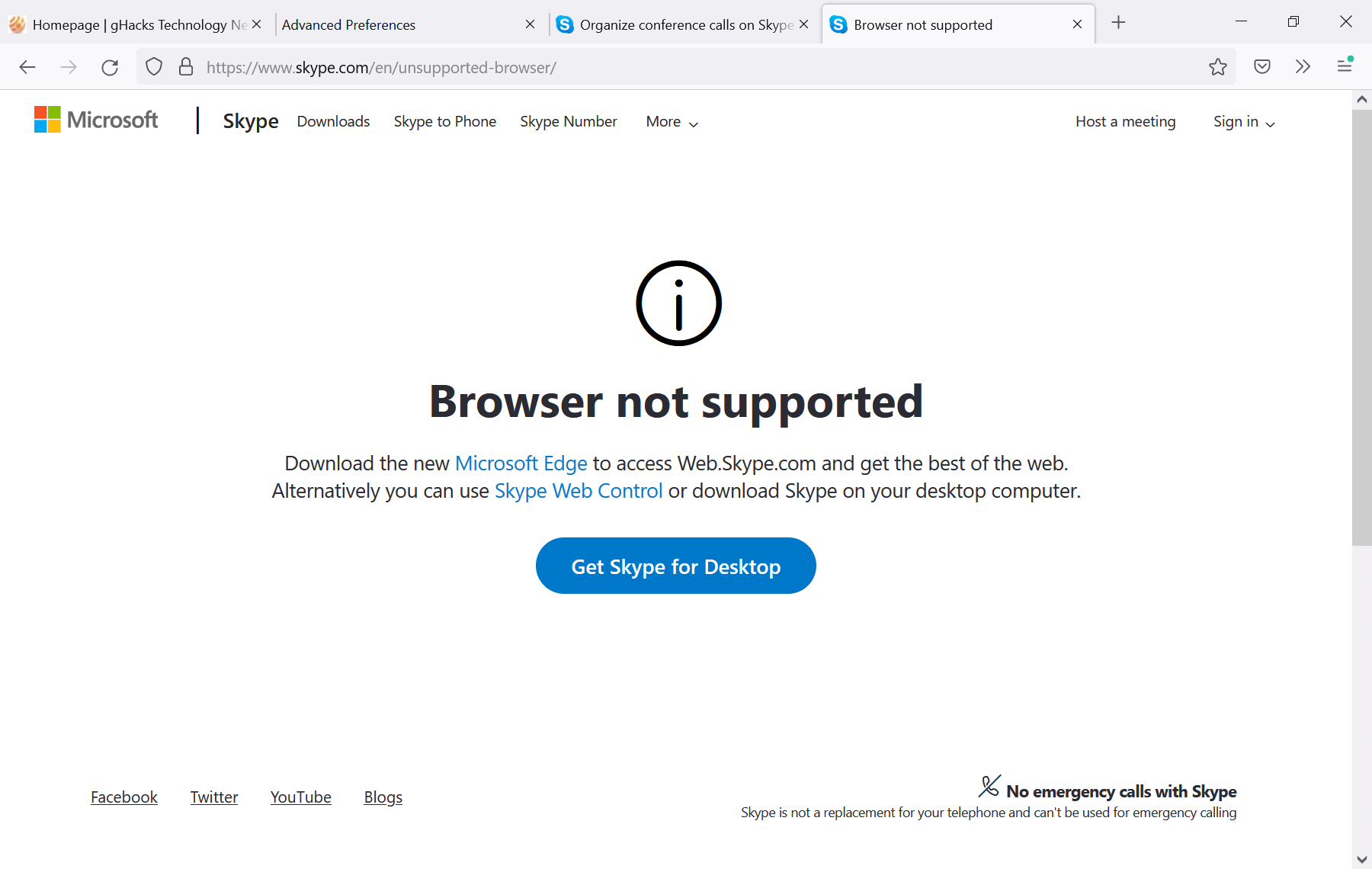


These two protocols are commonly referred to together and the difference between them is not widely understood.

ICE provides two protocol-level solutions that nearly every Lync client and server role can leverage to find some available path to establish media between each other. Only the Edge Server role is defined as an ICE Server and is capable of providing the information needed by ICE clients to initialize these connections. Windows client, Front-End AVMCU, Mediation Server, etc) and utilize the Edge Server to negotiate media sessions between each other. In Lync 2010 nearly every client or server can act as an ICE Client (e.g. These solutions provided by the implementation of ICE in Lync Server applies to both UDP and TCP transmission of data so audio, video and desktop sharing sessions can all take advantage of ICE. The primary purpose of this article is to help explain the difference in the available media paths provided by the Interactive Connectivity Establishment (ICE) protocol.


 0 kommentar(er)
0 kommentar(er)
